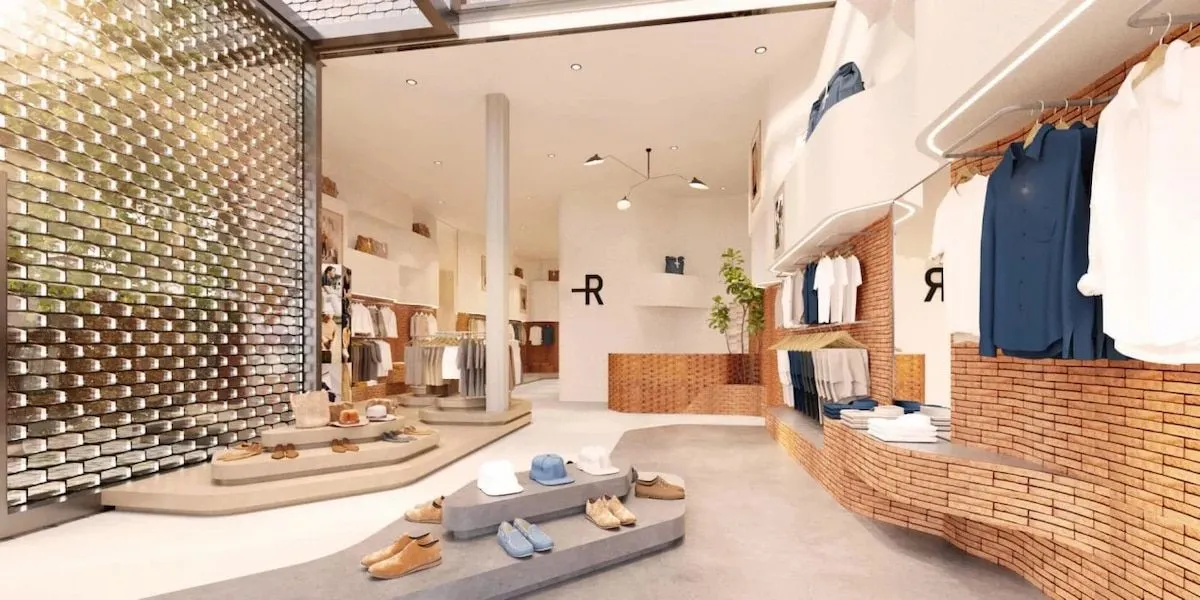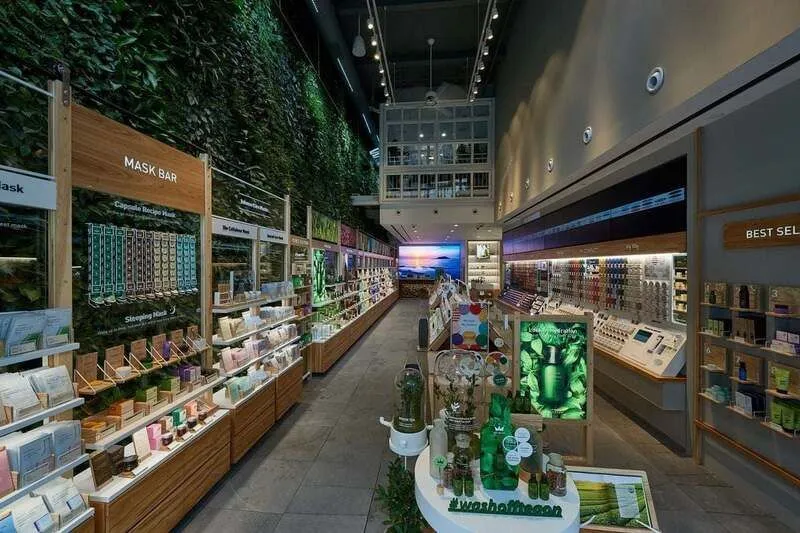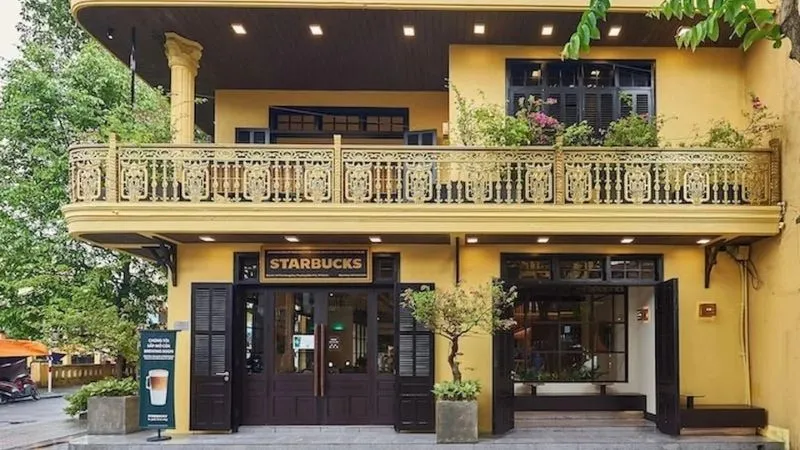Each retail format offers a distinct shopping experience, reflecting the evolving nature of consumer habits over time. This article delves into the shopping experiences at flagship stores of renowned brands, where brand identity and creativity are most vividly expressed. You will discover how leading brands craft unique shopping spaces to attract and retain customers.
1. Distribution Systems and Differences in Shopping Experiences
In the retail industry, there are two main types of distribution systems: intermediary retail stores and official brand stores.
- Intermediary retail stores (such as supermarkets, convenience stores, pharmacies, and mother-and-baby stores) distribute goods from multiple manufacturers and earn commission discounts. Here, brands compete to capture customer attention.
- Official brand stores (flagship stores) are owned by the company and only sell products they manufacture or import. The pressure for this type is to create a unique experience that encourages customers to purchase as many products as possible, especially strategic product lines.

Creative content marketing on digital platforms builds brand image in the customer’s mind. Meanwhile, the Sales & Trade Marketing team “sets up the battlefield” in stores by using displays, activations, promotions, and visual merchandising to influence purchasing behavior. For online retail channels, the E-commerce department uses Digital Marketing to stimulate online shopping by writing compelling product descriptions, taking beautiful product photos, running traffic-driving ads, or implementing Performance Marketing with deep discounts.
2. Secrets to Stimulating Purchases at Intermediary Retail Stores
To succeed in the competitive environment of intermediary retail stores, brands need to create three key impacts:
- Attention: Display a large quantity of goods or in striking color blocks, use promotional materials scattered throughout the store and on shelves. Investing in displays and promotions is crucial.
- Engagement: Eye-catching product packaging, complete information, on-site consultants. Concise promotional messages that evoke interest and appeal to customer psychology and needs.
- Action: Reasonable retail prices, attractive promotions, convenient goods delivery policies.

3. Designing Memorable Shopping Experiences at Flagship Stores
Flagship stores are designed to encourage customers to buy as much as possible. The shopping experience is more complex, creatively combining entertainment to guide customer psychology and emotions.
Each store usually carries a shopping experience theme (Concept) suitable for the brand positioning and target customer group. The store concept reflects the spirit and tone that the brand wants to impact customer emotions when they experience shopping. All elements in the store, such as interior design, displays, employee uniforms, lighting, and paint colors, must carry the tone of the Concept.
Designing retail stores to create emotional shopping experiences requires an understanding of many fields such as architecture, painting, music, fashion, and local and national culture. Major brands often integrate local or national cultural imprints into stores through symbols or designs, deeply impacting emotions and increasing the goodwill of local consumers.

4. Exploring Flagship Stores: Innisfree, Starbucks, Routine
- Innisfree: Positioned to provide solutions for healthy, beautiful skin with natural ingredients from Jeju Island. The store design recreates the nature of Jeju Island, bringing a comfortable, fresh, and pure feeling. The store layout directs behavior, display areas by product category, product experience areas, and rest areas. Ceiling lights shaped like traditional Onggi kimchi pottery jars. Flagship Stores use real materials, extracted from Jeju volcanic rock.

- Routine: A Vietnamese fashion brand using red brick – a familiar symbol of ancient Vietnamese architectural culture – to create highlights for Flagship stores and create more interesting shopping experiences.

- Starbucks: The store concept often carries the local imprint of the place where the brand operates. This strategy helps foreign brands integrate into the local geographical and cultural space, creating goodwill to attract more customers.

Brand-owned retail stores are designed to sell experiences, so the customer observation lens will be different from intermediary distribution stores. Brands will observe experience touchpoints in the store and consider their role in enhancing the overall customer experience. How should the store facade be designed to “invite” customers to step in? How should the experience space be designed to spark their interest? How to coordinate outfits or scenes for mannequins to make customers curious about the new collection? What is the brightness and angle of the lights to “flatter” their eyes? … All touchpoints in the retail store are aimed at activating desire, thereby creating a need for consultation and impulse purchases.
Conclusion
Shopping at flagship stores is not just about buying a product, but also about exploring, feeling, and connecting with the brand. Leading brands are constantly innovating to bring unique, attractive, and memorable shopping spaces, creating differentiation and building long-term relationships with customers. Take the time to visit flagship stores to enjoy wonderful shopping experiences and discover the story behind each brand.